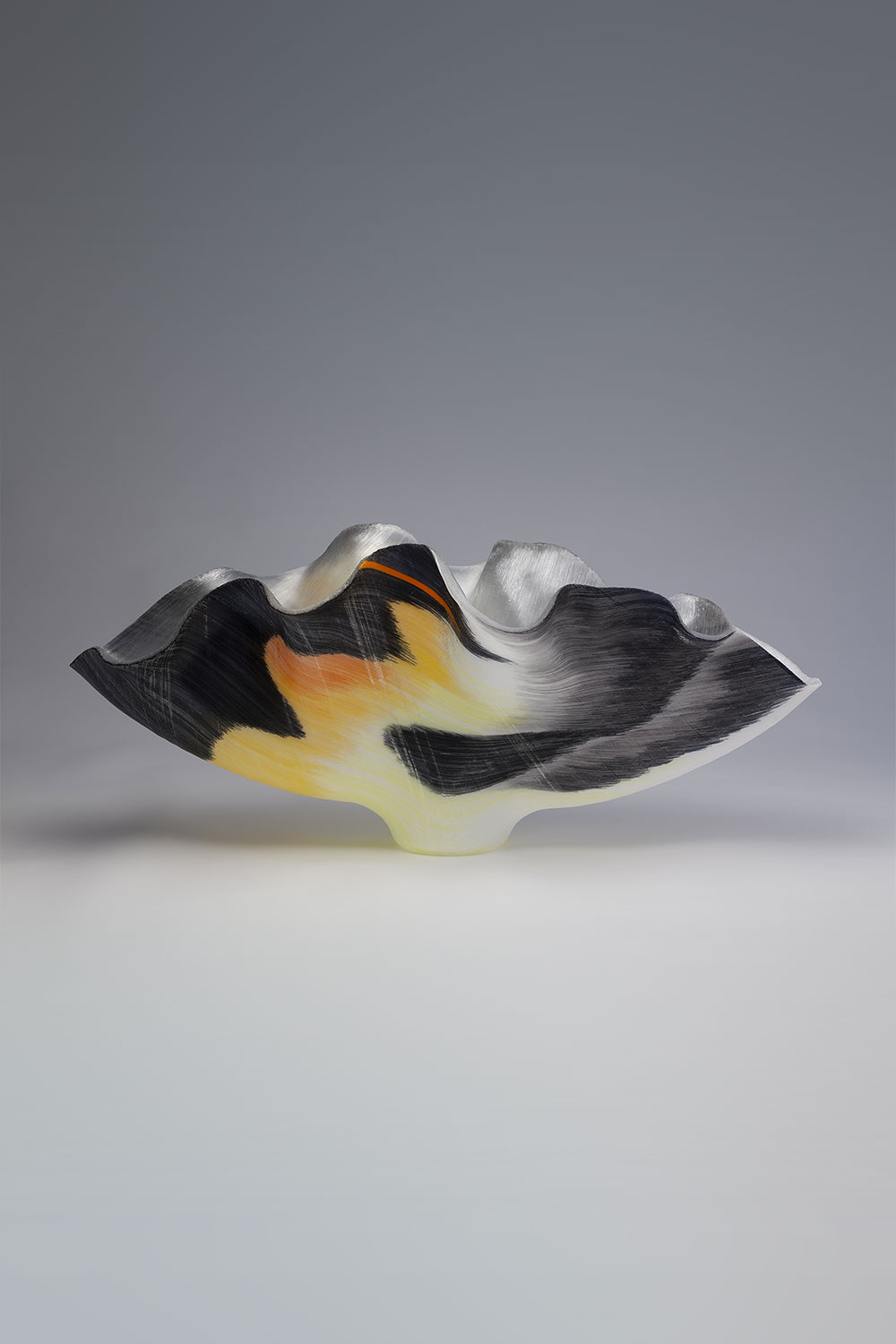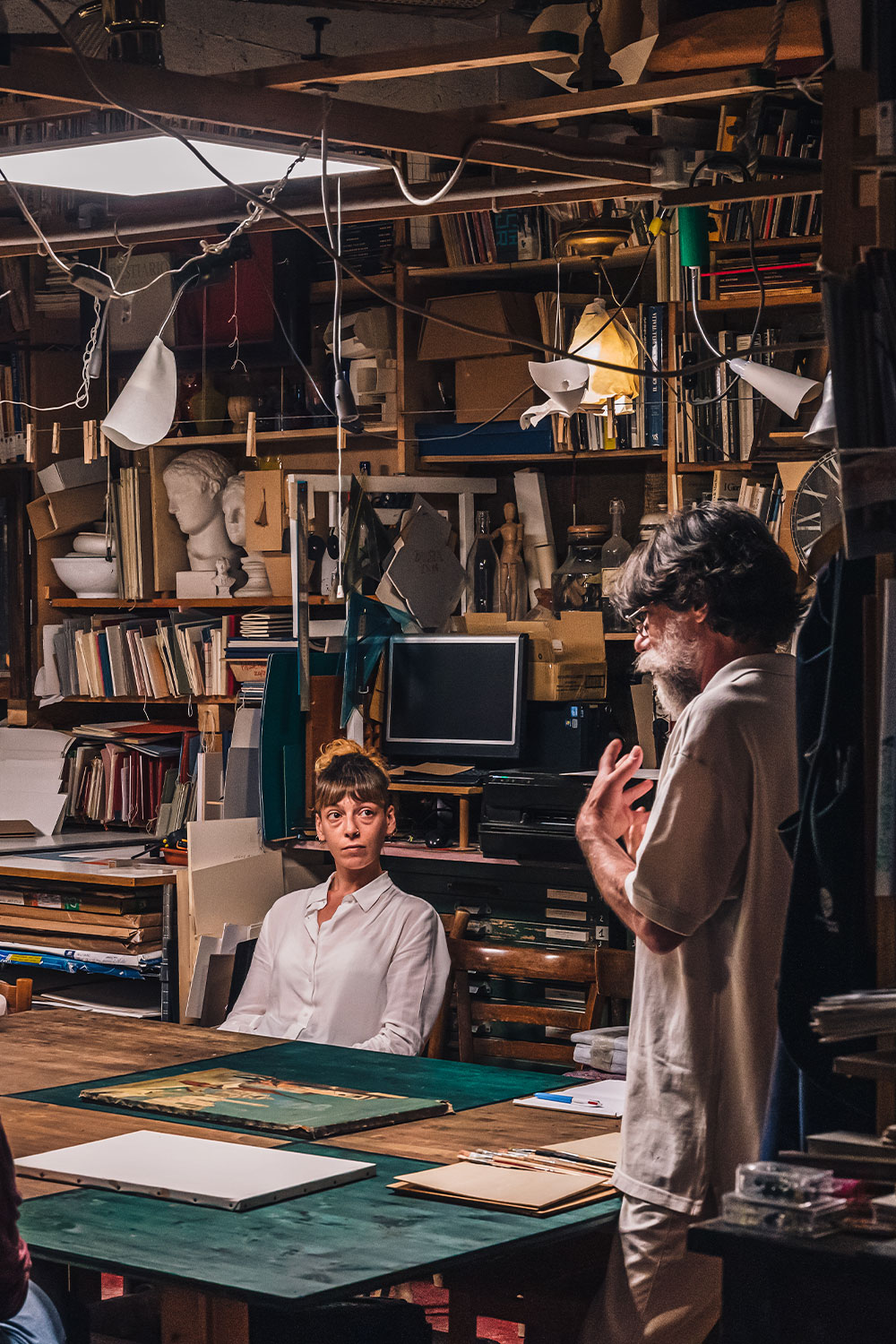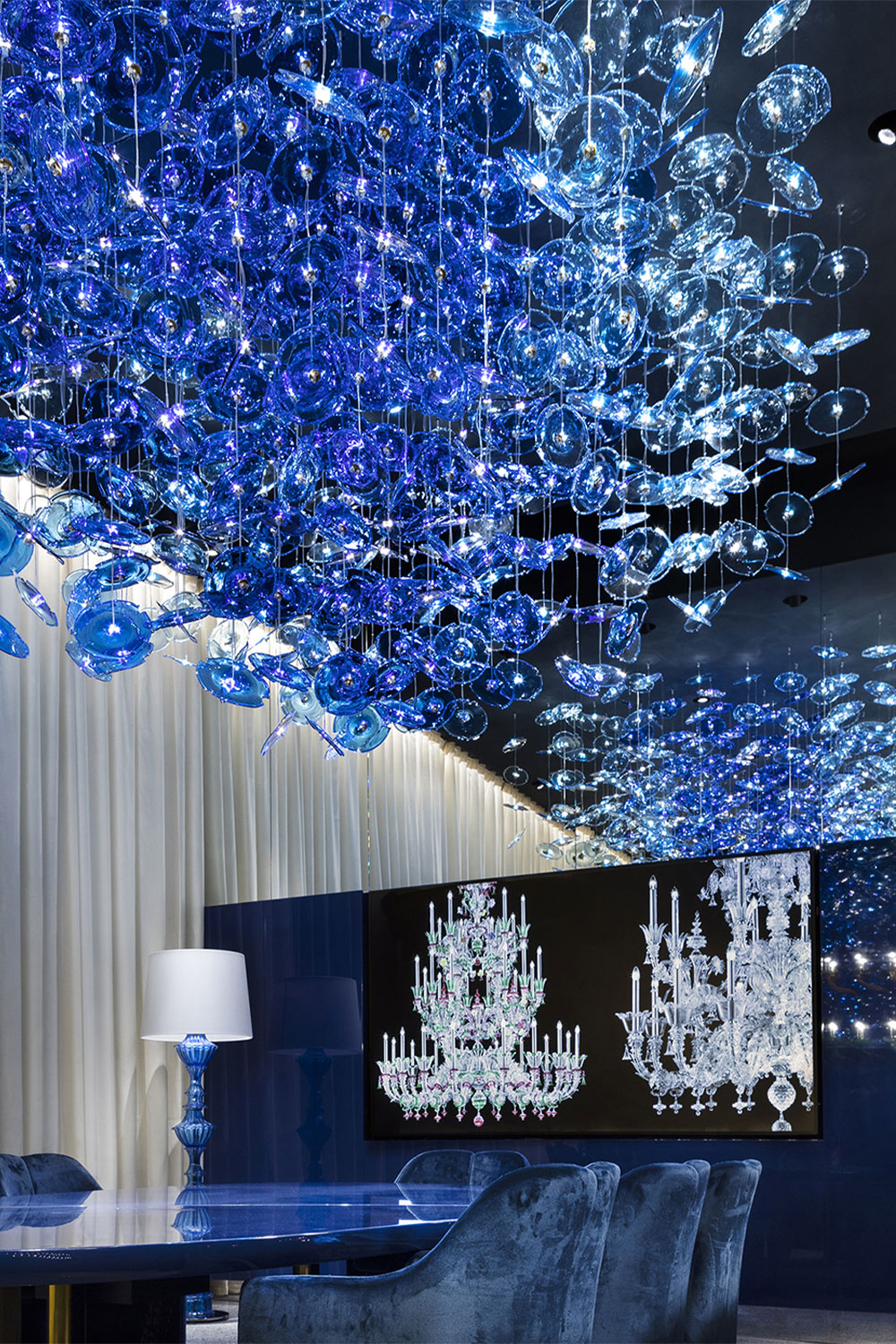Privete tour: Domus Grimani – the collection of classical sculptures reassembled in its original setting after four centuries
After more than four hundred years, the inestimable collection of classical sculptures of the Patriarch of Aquileia, Giovanni Grimani, returns to its Venetian home in the parish of Santa Maria Formosa. It is an exceptional event: the reconstruction and setting up of Grimani’s awe-inspiring ‘Chamber of Antiquities’, Grimani’s visionary setting for his unparalleled collection, and the setting up of the Doge’s Room, one of the most spectacular and evocative rooms of the palace. The exhibition is curated by Daniele Ferrara and Toto Bergamo Rossi, produced by Civita Tre Venezie and supported by Venetian Heritage and the Ministry of Culture, in collaboration with Gagosian, the Helen Frankenthaler Foundation, the Michelangelo Foundation and the Cologni Foundation for the Métiers d’Art.
Museo di Palazzo Grimani
The luxurious mansion of doge Antonio Grimani housing ancient and Renaissance art collectionsThe building of Palazzo Grimani Museum (Museo di Palazzo Grimani) dates back to the Renaissance period. Antonio Grimani acquired it as a private residence, and it remained in his family until 1865. The Grimani family restored and enlarged the building according to classical Roman architecture. The palace opened as a museum in 2008, housing the collections of art and archaeology of Cardinal Domenico Grimani and Giovanni, patriarch of Aquileia, who bequeathed a portion of their collections to the Republic of Venice. In the collection are over a hundred classical style sculptures, some Roman and Greek, and white stucco work and mannerist frescoes by Federico Zuccari. The spectacular Tribuna room was designed by Giovanni Grimani and inspired by the Pantheon in Rome. The Bosch room is dedicated to the paintings of Hieronymus Bosch, and includes his famed piece Vision of the Other World. The palace also occasionally hosts temporary art exhibitions.
Where you'll be
30122, Venice
Website















